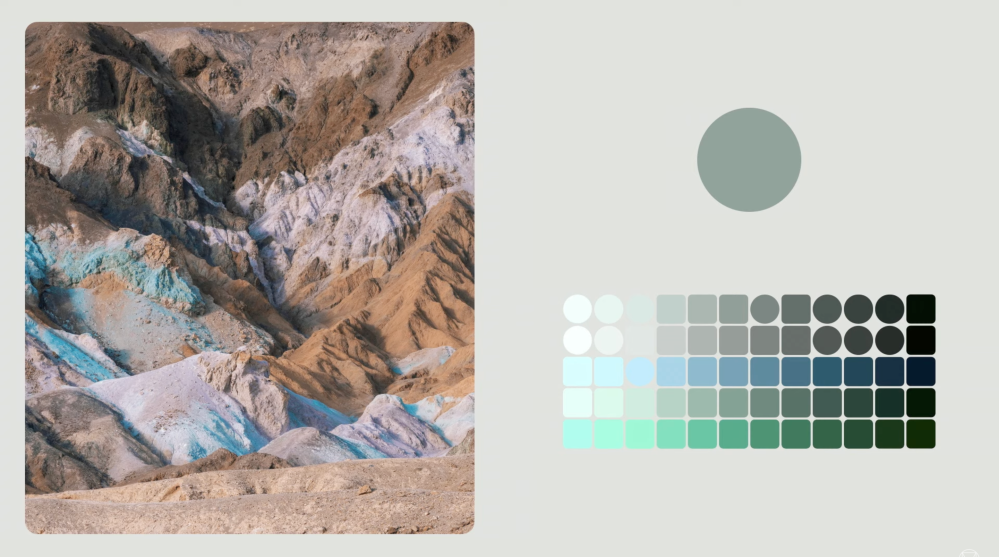
Yesterday, the team behind Material You said that the new design language will be a “multiyear journey that will evolve all of Google’s products and ecosystems.” At the “What’s new in Material Design” session, Google designers provided an in-depth preview of Material You and its guiding principles.
In 2014, the company set out to create a “system for building bold, beautiful, and consistent digital experiences,” and three years later introduced Material Theming to allow for more distinctive apps with custom color, type, and shape.
Google interestingly says those past design systems were “built on ideas from science fiction and techno futuristic utopia blended with ideals of modernist design.”
Grids, hierarchy, and consistency are all hallmarks of Material’s early years. Symbols and metaphors are central to Material reflect work culture and commodities. We leaned in on skeuomorphism, folders, trash cans, and yes, paper.
To the team, several things have occurred to warrant a change. Namely, people’s relationship to an ever-growing amount of technology (screens) has become “more fluid and personal,” while Google believes the “one-size-fits-all approach feels impersonal.”
We asked how can Material Design enable people to move through their lives in a way that honors both the personal and professional, the public and private? We’re taking the Google scale ambition of building for all users and making it work in an individual human scale too. Our goal for a universally beautiful and helpful design system requires some confrontation with knowledge that beauty and utility are highly personal. In essence, how do you evolve a standard language to work for a non-standard world?
Google later shared the three guiding principles for Material You that it identified:
Comfortable: Google wants to make you feel “at home” on a device. It “set out to create experiences that resonate with people and their individual definitions of comfort.” Color and theming various parts of the OS is one way to achieve that. Behind the scenes:
The system picks colors from a person’s wallpaper image and translates a hue into tonal ranges. A range of light and dark tones is generated from the extracted color. This allows the same palette to work across light, dark, and high contrast themes, and with the same color slots.

Iconoclastic: To get there, Material You — which cheekily shortens to MY (design) — wants to “challenge familiar assumptions and conventions,” with an eye towards new form factors and fully integrating the hardware, OS, and apps. One example of this moving away from shadow to separate objects in the foreground and background, while shapes provide “new ways to look at containment and state.”
Spirited: “We wanted to imbue digital development with the spirit of the natural world. Organic forms that react to input are an example of how surface effects can enliven our everyday interactions, adding new energy and optimism. We’re introducing the sense of aliveness particularly through shape, space, light, and motion.”
Various interactions in Android 12 are more delightful, like a “shimmer” across the screen when plugging in a power cable. Motion plays a big role, with Google believing that animating details makes a screen “come alive with a spirit that mirrors but doesn’t copy organic movement.”


Author: Abner Li
Source: 9TO5Google



